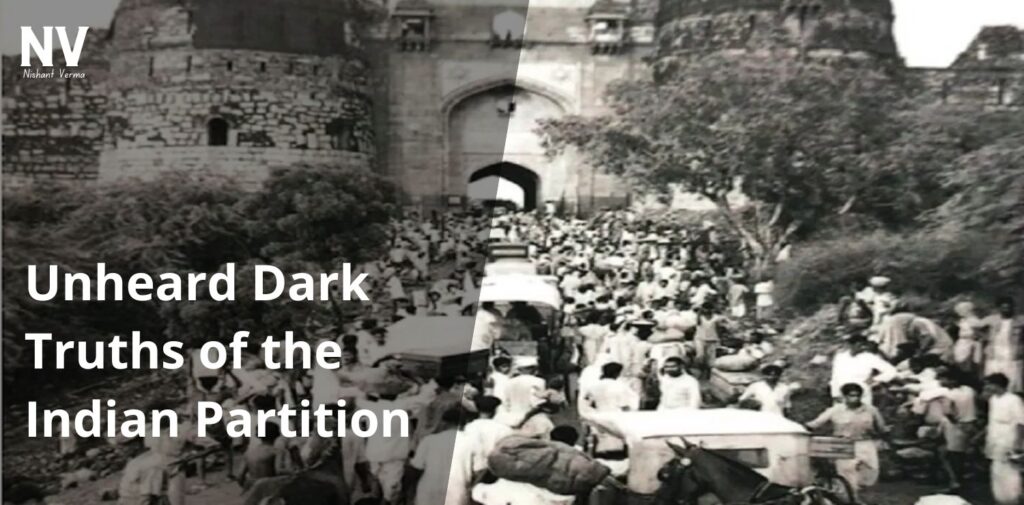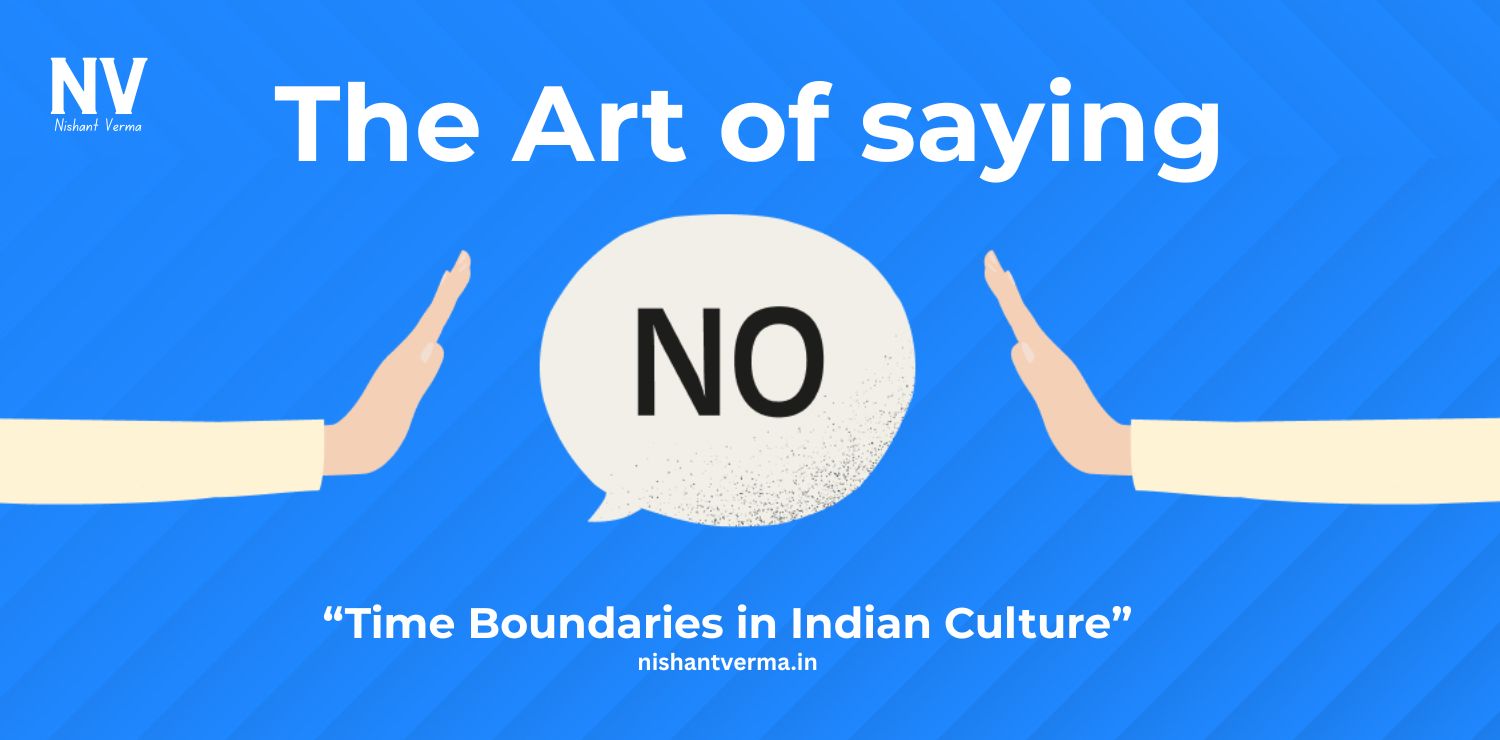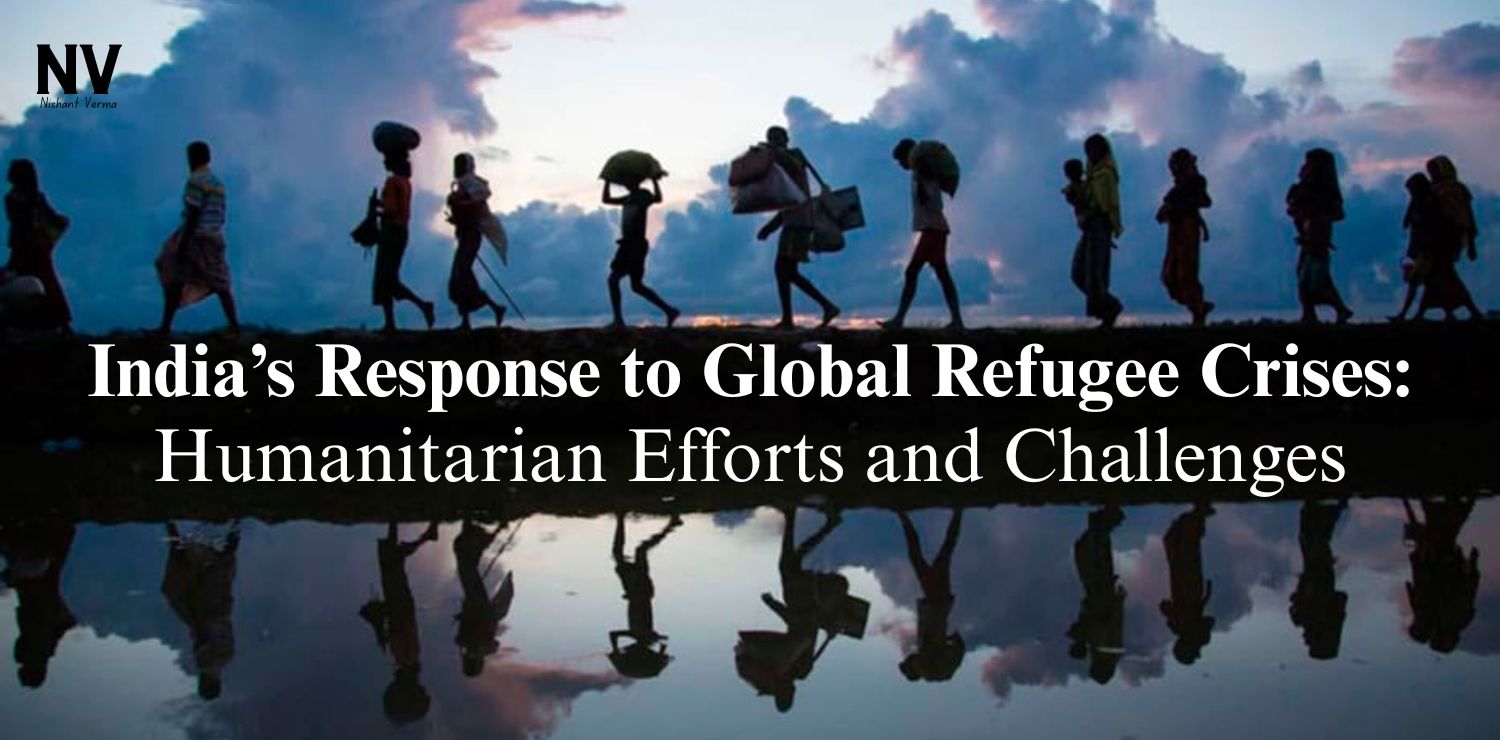The Indian Partition of 1947 is often remembered as a pivotal moment in the history of India and Pakistan, marking the end of British colonial rule and the birth of two separate nations. While many celebrate the formation of independent states, the partition also brought about immense suffering and tragedy, affecting millions of lives. As we explore the dark truths of the Indian Partition, we uncover the emotional scars, political machinations, and untold stories that continue to resonate today.
The Context of Indian Partition
Before delving into the dark truths, it’s essential to understand the context surrounding the partition. The British Raj ruled India for nearly 200 years, and by the 1940s, nationalist sentiments were at an all-time high. The Indian National Congress, led by figures like Mahatma Gandhi and Jawaharlal Nehru, advocated for a united India. In contrast, the All-India Muslim League, led by Muhammad Ali Jinnah, pushed for a separate nation for Muslims, fearing marginalization in a predominantly Hindu India.
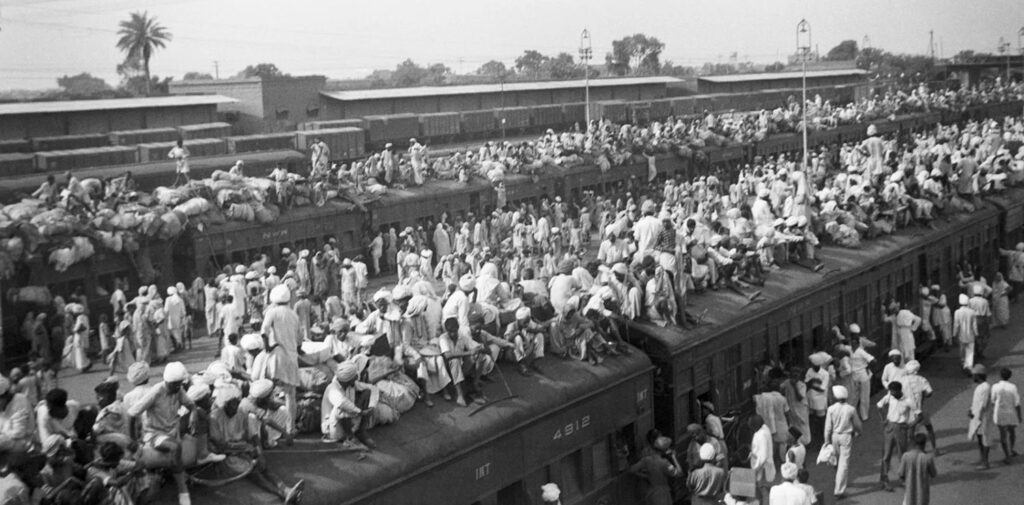
With the growing tension and violence between communities, the British decided to divide the country along religious lines. The partition was officially announced in June 1947, leading to the creation of India and Pakistan on August 15, 1947. However, the hurried and poorly planned division would soon result in catastrophic consequences.
Mass Migration and Violence
One of the most horrific outcomes of the partition was the mass migration it triggered. It is estimated that around 15 million people were displaced from their homes, as Hindus and Sikhs fled to India while Muslims migrated to Pakistan. This movement was not merely a change of residence; it was fraught with violence, hatred, and trauma.
The chaos led to widespread communal riots, with estimates suggesting that between 200,000 to 2 million people lost their lives in the violence. Stories of families torn apart, brutal killings, and atrocities committed on both sides are too numerous to recount. The narrative of the partition often overlooks these personal tragedies, focusing instead on political decisions and leaders.
Gender-Based Violence
Another dark aspect of the partition was the increase in gender-based violence. Many women were abducted, raped, or killed during this tumultuous period. A study conducted in the years following the partition revealed that approximately 75,000 women were forcibly converted to Islam or Hinduism, depending on which side of the border they found themselves.
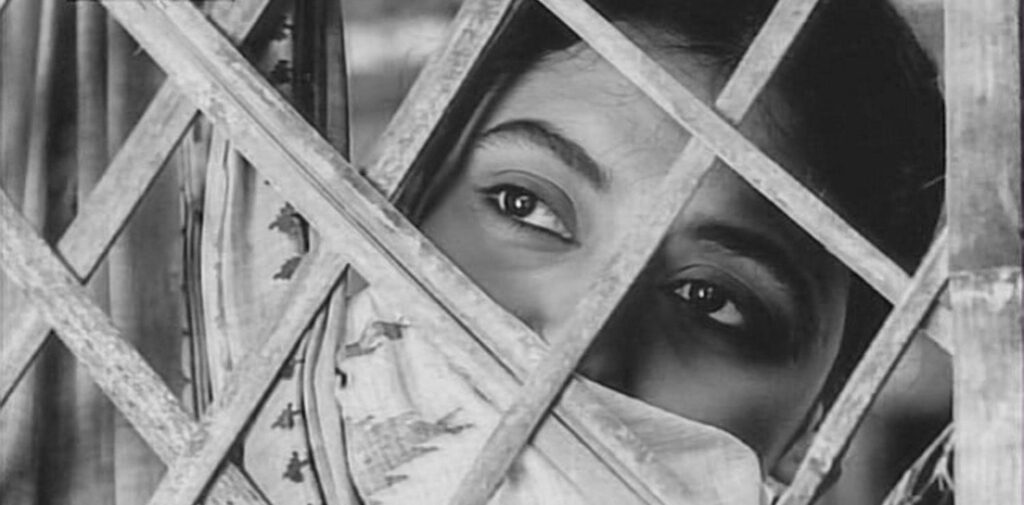
The trauma experienced by these women has largely been ignored in historical narratives. Many were left without support systems, families, or homes, forced to navigate a new identity in a society that had shattered their lives. The silence surrounding their experiences perpetuates the pain and erasure of these women from history.
Political Betrayal
The political leaders of the time also played a significant role in the chaos that ensued. The British government, keen to leave India, made hasty decisions that would sow discord. The Radcliffe Line, the boundary drawn to separate India and Pakistan, was finalized only days before the official partition. As a result, many communities found themselves divided, with little regard for historical or cultural ties.
The leadership of the Indian National Congress and the Muslim League is often scrutinized for their handling of the partition. Jinnah’s insistence on a separate Muslim state and the Congress’s reluctance to address communal fears contributed to the tensions that erupted. The political ambitions of these leaders ultimately overshadowed the well-being of the people, leading to a legacy of distrust that endures to this day.
The Legacy of Partition
The dark truths of the partition extend far beyond the immediate aftermath. The division of India and Pakistan established a pattern of hostility that has shaped the political landscape of South Asia. The unresolved issues, particularly the Kashmir conflict, continue to fuel tensions between the two nations. The wounds of partition have not healed, and they often resurface in the form of violence and discrimination.
Additionally, the narrative of the partition has often been controlled by political agendas. Many historical accounts have been sanitized or manipulated to serve the interests of various groups, leaving out the voices of the marginalized. This distortion of history complicates efforts toward reconciliation and understanding.
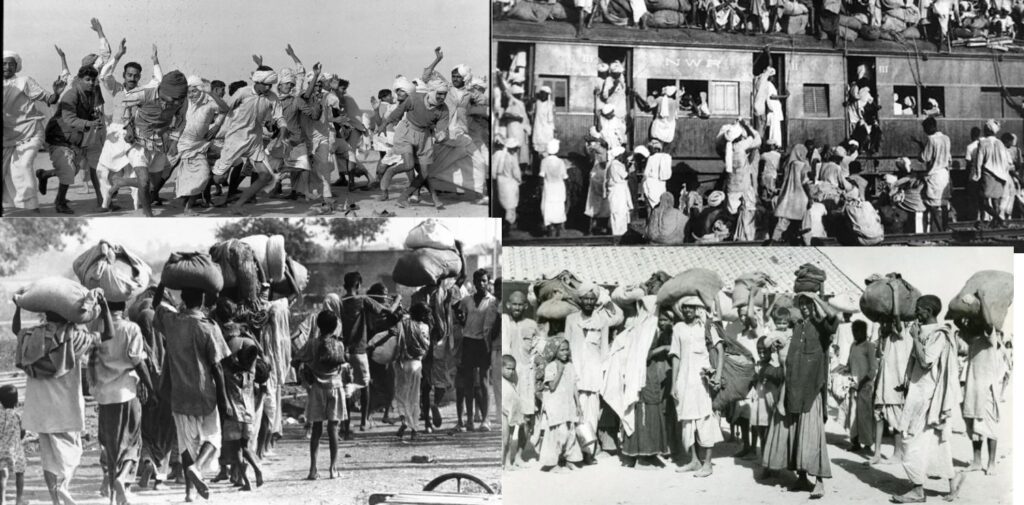
Untold Stories
While many stories of suffering have emerged from the partition, countless others remain untold. The experiences of refugees, survivors, and victims of violence often go unrecorded in history books. Oral histories and personal narratives provide a richer understanding of the human impact of partition. Many survivors, now elderly, have begun to share their experiences, shedding light on the profound emotional scars that persist.
One of the most moving accounts comes from a woman who lost her family during the riots. She recalls the fear and helplessness she felt as she witnessed the brutality around her. These personal stories are essential for understanding the broader implications of the partition, as they humanize the statistics and make the history relatable.
Moving Towards Reconciliation
Acknowledging the dark truths of the partition is crucial for fostering understanding and reconciliation between India and Pakistan. Recognizing the shared suffering can serve as a bridge to build empathy and dialogue. Educational initiatives that incorporate the stories of partition survivors and the complexities of the event can help create a more nuanced understanding of history.
Efforts to commemorate the victims of the partition, such as memorials and awareness campaigns, can also contribute to healing. By honoring the lives lost and the trauma endured, societies can work toward a future that acknowledges past mistakes and promotes unity.
Conclusion
The Indian Partition of 1947 remains a profoundly impactful event in the subcontinent’s history. While it marked the beginning of independence, it also ushered in an era of violence, displacement, and trauma. The dark truths of partition—the violence, the gender-based atrocities, and the political betrayals—must be acknowledged to understand the complexities of contemporary India and Pakistan.
By listening to the unheard stories and confronting the realities of partition, we can pave the way for a more compassionate future. Acknowledging this history is not just about understanding the past; it’s about shaping a more inclusive and peaceful world for generations to come.

